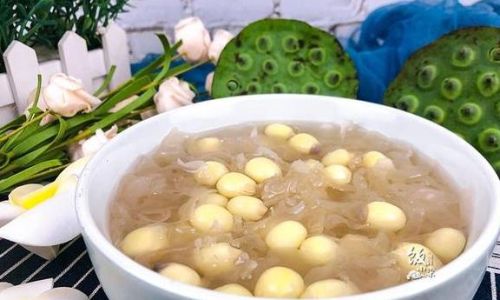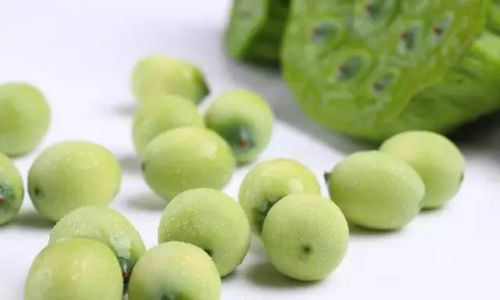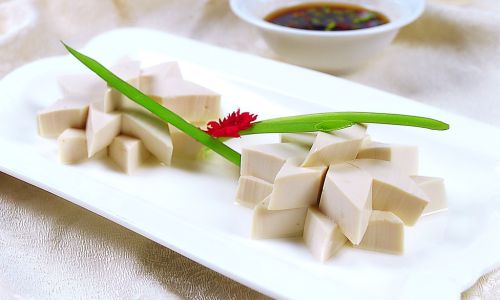Introduction
In the realm of culinary arts, exploring the diverse flavors and textures of nature’s bounty often leads us to unexpected delights. One such treasure, found primarily in the serene waters of Asian lotus ponds, is the fresh lotus pod, or lotus seedpod. Known for its unique appearance and nutritious seeds, the lotus pod is not just a symbol of purity and beauty in many cultures but also a versatile ingredient in the kitchen. This article delves into the intricacies of cooking fresh lotus pods, offering a comprehensive guide to harness their delicate taste and nutritional benefits.
Understanding Fresh Lotus Pods
Before diving into the cooking process, it’s crucial to understand what fresh lotus pods entail. The lotus plant, scientifically named Nelumbo nucifera, is an aquatic perennial that thrives in shallow, still, or slowly moving freshwater habitats. Its flowers, leaves, stems, rhizomes, and seeds are all edible and have been used in traditional medicines and cuisines across Asia for centuries.

Fresh lotus pods, specifically, are the mature fruit of the lotus flower. They resemble a cone-shaped structure, with a green, tough outer husk that protects the precious seeds within. These seeds, encased in a soft, white pulp, are highly nutritious, rich in proteins, fats, vitamins, and minerals. The pods themselves, when cooked properly, can offer a subtle, slightly sweet flavor with a crunchy texture, making them an excellent addition to various dishes.
Selecting and Preparing Fresh Lotus Pods
When it comes to cooking fresh lotus pods, the first step is selecting the right ones. Here are some tips for choosing and preparing fresh lotus pods:
-
Appearance: Look for pods that are firm and have a vibrant green hue. Avoid pods with cracks, soft spots, or discoloration, as these may indicate spoilage.
-
Size: Generally, larger pods contain more seeds, but the size doesn’t necessarily determine the quality. Choose pods that feel heavy for their size, indicating they are well-filled with seeds.
-
Freshness: Since freshness is key, try to source lotus pods from local farmers or markets where they are sold soon after harvest.
-
Cleaning: Once you have your pods, rinse them thoroughly under cold running water to remove any dirt or debris. Use a vegetable brush to gently scrub the outer surface if necessary.
-
Preparation: To access the seeds, you’ll need to peel away the outer husk. This can be done with a sharp knife or vegetable peeler, taking care not to cut into the seeds themselves. Once peeled, separate the seeds from the surrounding pulp, which can also be used in cooking.
Cooking Methods for Fresh Lotus Pods
Fresh lotus pods can be cooked in various ways, each method bringing out different flavors and textures. Here are some popular cooking techniques:
Boiling
Boiling is the simplest and most straightforward method to cook fresh lotus pods. It preserves the natural sweetness of the seeds and makes them tender.
- Ingredients: Fresh lotus seeds (with or without the pulp), water, a pinch of salt (optional).
- Instructions:
- Place the cleaned seeds in a pot and cover them with water.
- Add a pinch of salt if desired.
- Bring the water to a boil, then reduce the heat to a simmer.
- Cook for about 20-30 minutes, or until the seeds are tender.
- Drain and use as needed in salads, desserts, or as a side dish.
Steaming
Steaming retains more of the nutrients and natural flavors of the lotus seeds, making it a healthier cooking option.

- Ingredients: Fresh lotus seeds, a steaming rack, water.
- Instructions:
- Fill a pot with water and bring it to a boil.
- Place the cleaned seeds in a heat-proof bowl or steaming basket.
- Set the bowl or basket on the steaming rack over the boiling water.
- Cover and steam for about 25-35 minutes, or until the seeds are tender.
- Remove and use as desired.
Stir-Frying
Stir-frying lotus seeds adds a delightful crunch to stir-fries and salads, enhancing their appeal in savory dishes.
- Ingredients: Fresh lotus seeds, vegetable oil, garlic (optional), salt, and other stir-fry ingredients (like vegetables or meat).
- Instructions:
- Heat a wok or large skillet over medium-high heat.
- Add vegetable oil and, if using, minced garlic. Stir-fry until fragrant.
- Add the cleaned seeds and stir-fry for about 5-7 minutes, or until they turn lightly golden and slightly crispy.
- Season with salt and mix well.
- Add other ingredients and continue stir-frying until everything is cooked to your liking.
Soup and Stew
Fresh lotus seeds can also be incorporated into soups and stews, adding a nutritious and flavorful element to these dishes.
- Ingredients: Fresh lotus seeds, chicken or vegetable broth, ginger, salt, pepper, and other soup ingredients.
- Instructions:
- In a large pot, bring the broth to a boil.
- Add sliced ginger and the cleaned seeds.
- Reduce the heat to a simmer and cook for about 30-45 minutes, or until the seeds are tender.
- Season with salt and pepper to taste.
- Add other soup ingredients as desired and cook until everything is fully cooked.
Sweet Dishes
Lotus seeds are also a popular ingredient in sweet dishes, such as porridge, desserts, and drinks. Their natural sweetness makes them an excellent base for sweet treats.
- Ingredients: Fresh lotus seeds, rice or oatmeal, milk or water, sugar or honey, and other sweeteners or spices (like cinnamon or vanilla).
- Instructions (for porridge):
- Rinse the seeds and soak them in water overnight to soften.
- In a pot, combine the soaked seeds, rice or oatmeal, and milk or water.
- Cook over medium heat, stirring occasionally, until the mixture thickens and the seeds are tender.
- Add sugar or honey to taste and stir well.
- Serve warm or chilled, topped with nuts, fruits, or a drizzle of honey.
Nutritional Benefits and Potential Uses
Fresh lotus pods and their seeds offer a range of nutritional benefits, making them a valuable addition to a healthy diet. They are rich in antioxidants, vitamins, and minerals, particularly in vitamins B and C, iron, calcium, and magnesium. The seeds are also known for their high protein and fiber content, making them beneficial for digestion and overall health.
In traditional medicine, lotus seeds are believed to have calming and nourishing properties, aiding in sleep, digestion, and skin health. Modern research is exploring their potential benefits in reducing inflammation, supporting heart health, and managing blood sugar levels.
Beyond their nutritional value, fresh lotus pods and seeds can be incorporated into a wide array of culinary creations. From sweet porridges and desserts to savory stir-fries and soups, their versatility allows chefs and home cooks to experiment with new flavors and textures.
Conclusion
Cooking fresh lotus pods is not just about harnessing their unique taste and texture but also about appreciating the cultural and nutritional significance they hold. By exploring different cooking methods and incorporating them into various dishes, you can unlock the full potential of this aquatic treasure. Whether you’re a seasoned chef or a home cook eager to try something new, fresh lotus pods offer a delightful and nutritious addition to your culinary repertoire. So, the next time you come across these beautiful pods, don’t hesitate to give them a try and let their subtle sweetness and crunchy texture enchant your taste buds.






0 comments